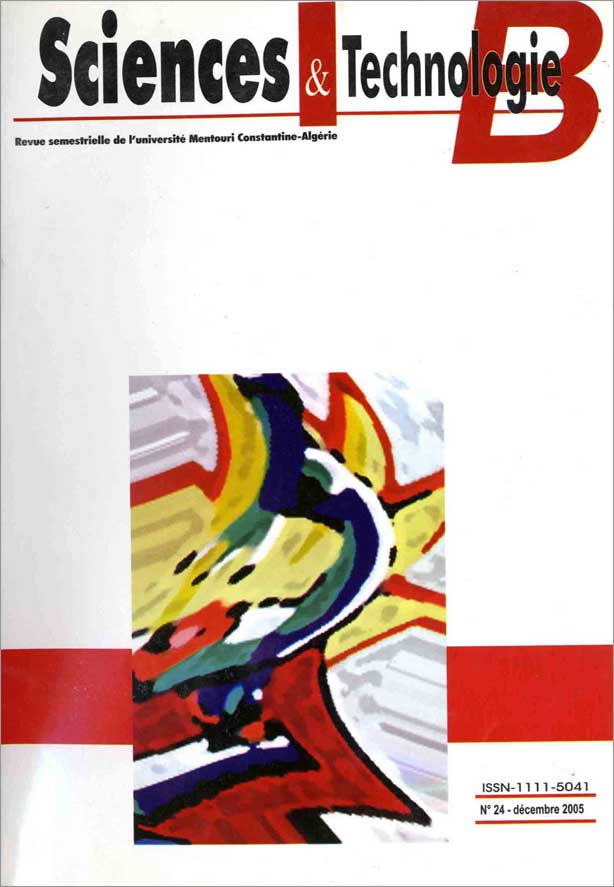THE FOURTH ORDER CUMULANT OF SPEECH SIGNALS APPLIED TO PITCH ESTIMATION
Keywords:
Pitch, Formants, Cumulants, Autoregressive model (AR), CepstreAbstract
In a number of speech applications, such as coding, synthesis or recognition, it is crucial tomake a reliable discrimination between voiced/unvoiced segments and accurately determine
the pitch period. The problem of an accurate estimation and decision in noisy condition
remains open; Higher-order statistics (H.O.S) have inherent properties that make them well
suited when dealing with a mixture of Gaussian and non-Gaussian processes.
This paper explores the fourth order cumulant using autoregressive model (AR(p)) and
presents a new algorithm for pitch detection of voiced sounds with and without colored
Gaussian noise and shows the superiority of the novel method over the classical methods such
as cepstral method.
References
- E. Nemer, R.A. Goubran and al "Voicing decision and pitch
estimation using third order statistics" Proc. ISCPAT-97,
San Diego, CA, USA, September 1997.
- Elias Nemer, and al "The fourth order cumulant of speech
signals with application to voice activity detection" IEEE
Trans. On signal Proc., vol. 42, N° 1, Jan. 1994, pp. 222-
- J. Mendel ,"Tutorial on higher- order statistics" Proc. IEEE,
vol 79, N°3, March 1991
- L. Kadri « Analyse spectrale du signal parole arabe
application aux enfants à audition déficiente » Mémoire de
magister, Université de Constantine 2000.
- J. Markel and al « Linear prediction of speech », Springer-
Verlag, 1976.
- J.W.A. Fackrell and al, "quadratic phase coupling detection
using H.O.S" IEE Coll. H.O.S. Savoy, Place, London, 22
May 1995
Downloads
Published
How to Cite
Issue
Section
License
Les auteurs publiant dans cette revue acceptent les termes suivants :- Les auteurs détiennent le droit d'auteurs et accordent à la revue
le droit de première publication, avec l’ouvrage disponible simultanément [SPÉCIFIER LA PÉRIODE DE TEMPS] après publication, sous la licence Licence d’attribution Creative Commons qui permet à d'autres de partager l'ouvrage en en reconnaissant la paternité et la publication initiale dans cette revue. - Les auteurs peuvent conclure des ententes contractuelles additionnelles et séparées pour la diffusion non exclusive de la version imprimée de l'ouvrage par la revue (par ex., le dépôt institutionnel ou la publication dans un livre), accompagné d'une mention reconnaissant sa publication initiale dans cette revue.
- Les auteurs ont le droit et sont encouragés à publier leur ouvrage en ligne (par ex., dans un dépôt institutionnel ou sur le site Web d'une institution) avant et pendant le processus de soumission, car cela peut mener à des échanges fructueux ainsi qu'à un nombre plus important, plus rapidement, de références à l’ouvrage publié (Consulter The Effect of Open Access).

